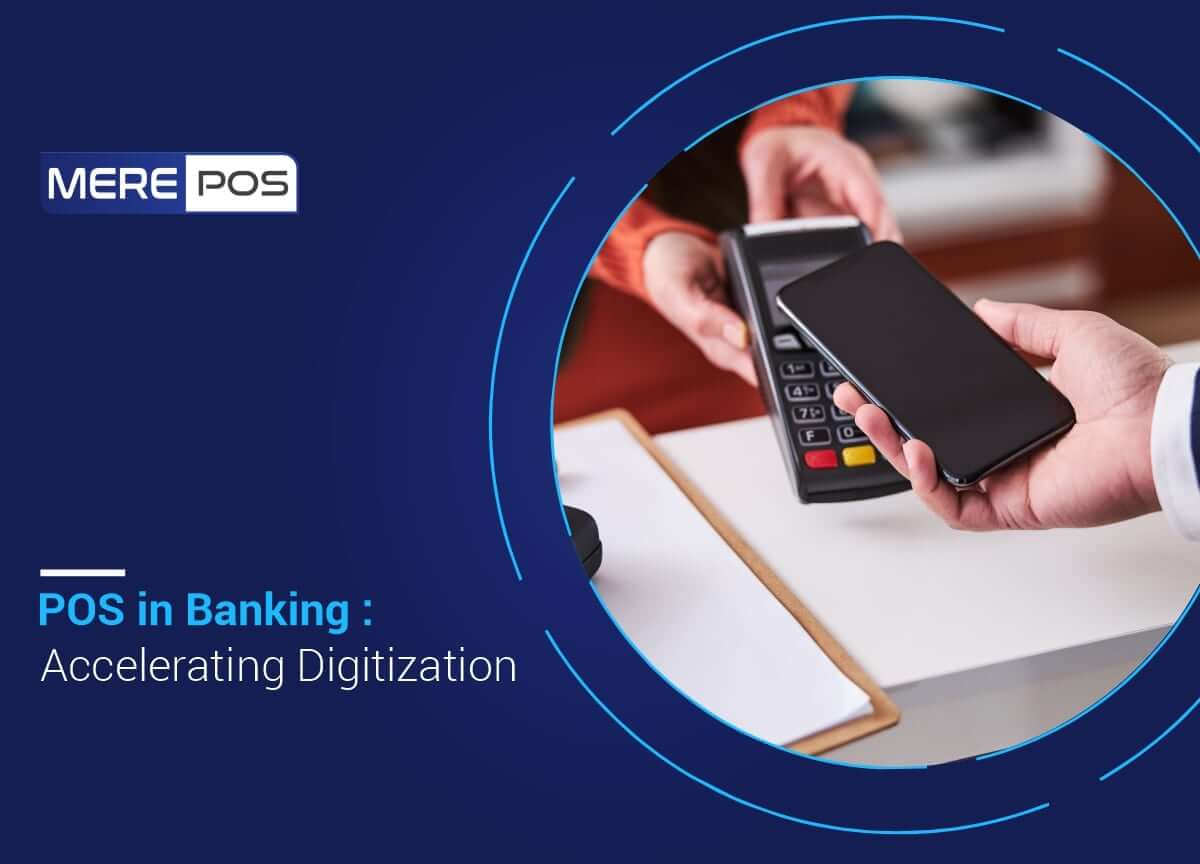Criteria for selecting POS device for your banking application

Point of Sales or POS devices is hardware embedded with software payment solutions that directly connect retailers to the bank. With more transactions through the banking system, these devices are strengthening the bank sector all around the globe. The convenience of transactions and the flexibility of software systems may encourage shops and vendors to open bank accounts and install POS devices. POS has become the core of every business. From the customer's view, they have the flexibility to use any mode of transaction: credit/debit cards, NFC, QR code, net banking, etc.
From the old-fashioned cash register like POS, it has evolved a lot to modern POS devices that come in a wide range of varieties and capabilities to manage the entire business. Continue reading to learn about the different types.
Choosing the right POS device
POS devices come in different shapes, sizes, and capabilities. Large POS machines with extensive banking capabilities, including all biometric and application solutions required to manage businesses, are available. Also, there are pocket-size POS devices for quick transactions. The different types are listed below:
GPRS POS
These bulky POS terminals, which employ a GPRS SIM card for data communication, are among the earliest types of POS. They just offer the most basic features for accepting card payments. The latest versions have added facilities like contactless payment, WiFi, barcode reader, etc. But still, the simple, bulky device that suits only for payment acceptance.
ePOS
The first versions of POS devices were bulky and not genuinely mobile. The slim and sleeky version of POS devices is ePOS that can carry anywhere. It provides all the options that a traditional POS offers plus extra connectivity options like WiFi, Bluetooth, 3G/4G, etc. It replaced counter POS devices at restaurants, small businesses, and fuel stations. Most notably, it is excellent leverage for merchants involved in the collection and delivery business.
mPOS
mPOS (electronic point of sale) is an ingenious and handy device, similar to smartphones. It is a smartphone with payment capabilities. These gadgets have a card reader on the backside and contactless payment alternatives for payment. And the device can turn into a payment system by installing proper software.
mPOS makes payment from anywhere, literally. It is suitable for micro-merchants, small businesses, and new-age entrepreneurs.
Android POS
All range of POS devices now employs android software. Banks can supply these devices even to small retailers since android is the most familiar OS, so anybody can learn to use them quickly. Also, banks won't necessarily need to give training to people who will use it. Retailers can download and try as many apps from the play store for POS functions and inventory management. Banks that provide Android POS are likely to be highly valued by restaurants, small vendors, government entities, and enterprises prioritising customer happiness.
Pocket POS
Pocket POS is a relatively new technology that is compact and easy to carry anywhere. Its size is irrelevant; its payment and communication capabilities are uncompromised.
All-in-one POS
These are special devices with all the capabilities like biometric authentication (fingerprint, face, iris recognition), a large Tab interface, keypad, all wireless and wired connectivity (USB, HTML, ethernet, etc.), a printer, etc. In India, these types of POS are presently in use at public ration distribution outlets. It is ideally suited for use as the main POS system in major businesses and banks.
Final note:
POS devices have become an integral part of modern businesses. It is one kind of device that gives fast ROI, even for small businesses—best wishes in choosing the right one for your business.